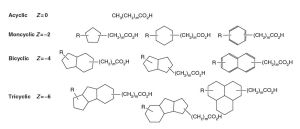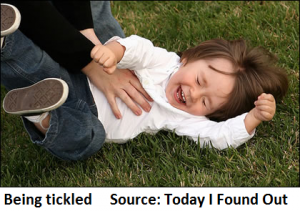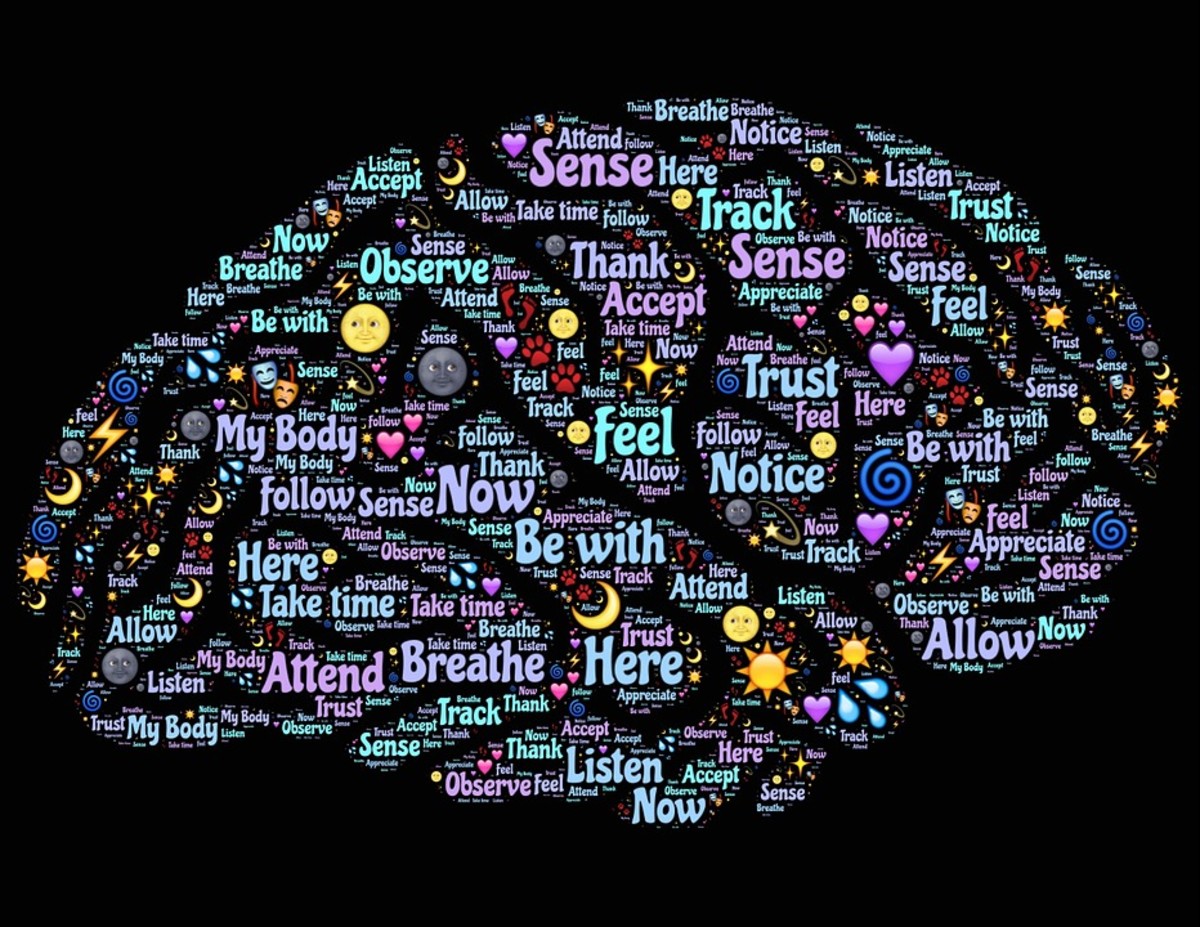Leftover waste products from oil sand extraction known as tailings contain toxins that were reported leaking into the Athabasca River in 2014. Fast forward to present time, there’s still no water quality guidelines to monitor the toxic components.
In 2016, graduate student Matthew MacLennan and his team of researchers at the University of British Columbia showed how capillary electrophoresis-mass spectrometry (CE-MS), a combined technique that allows for separation and analysis based on electric charge and mass, could be used to monitor toxic parts in the tailing water.

Source: www.thestar.com; Large deposits of OSPW in bodies of water known as tailing ponds
What exactly makes tailing water so toxic? According to Vincent Rogers, et al. in their article “Acute and Subchronic Mammalian Toxicity of Naphthenic Acids from Oil Sands Tailings,” a class of acids known as “Naphthenic acids [(NA)] are the most significant environmental contaminants resulting from petroleum extraction from oil sand deposits.”
The podcast below featuring Matthew MacLennan further discusses the environmental impact of NAs on wildlife.
Besides being toxic, the “NA mixture compositions vary” and those found in tailing water “may have altered molecular structures and toxicity” (MacLennan, et al. 2016) making them hard to identify. Due to the challenge of identifying NAs, more research on characterizing them must be done before a standardized way of monitoring them can be made.

Source: www.igem.org; Two-dimensional structures of NA variations
In MacLennan’s article “Potential of Capillary Electrophoresis Mass Spectrometry for the Characterization and Monitoring of Amine-Derivatized Naphthenic Acids from Oil Sands Process-Affected Water,” CE-MS was used in the application of tailing water for the first time.
During preparation, NAs were first separated from the tailing water samples. Secondly, the acids were chemically changed to have a positive charge in an acidic solution so that CE-MS analysis could be done in the positive charge mode due to instrument limitations in the original conditions. Lastly the acids were diluted and then placed into the CE-MS system for analysis; in which, the altered NAs were characterized based on composition and mass range. As a result of this study, individual parts found from the analysis can be used to better identify NAs in tailing ponds.
In the video below, MacLennan shows and explains the equipment used in his experiment.

Research advances in steps, and although the equipment limitations only allowed for components of lower molecular weight to be seen, this study opens up possibilities for future work. We expect to see greater accuracy in characterizing and identifying NA components using equipment of higher resolution.
Group 5
Judy Huang, Simi Tao, Leo Li, Johnson Tang

















